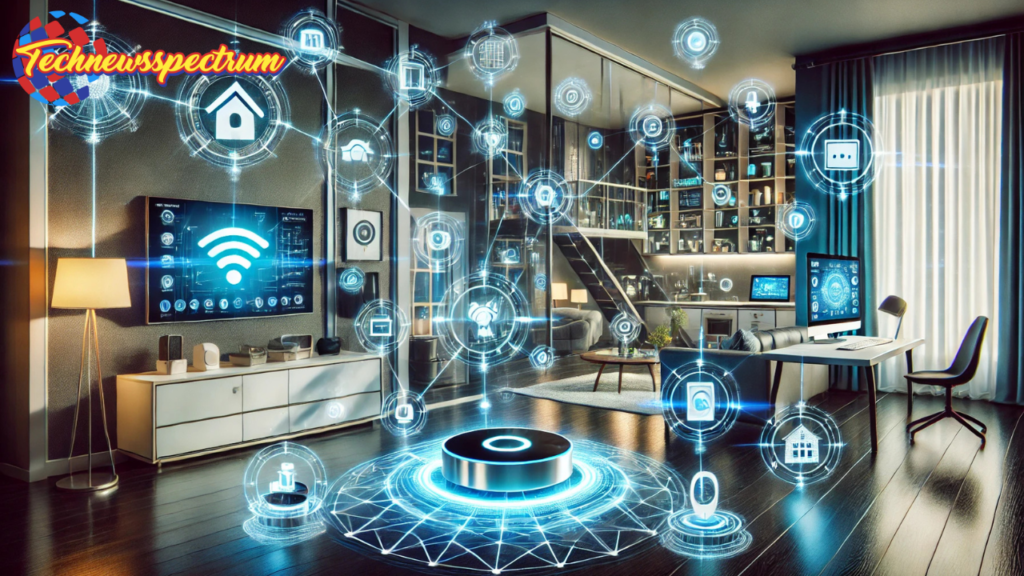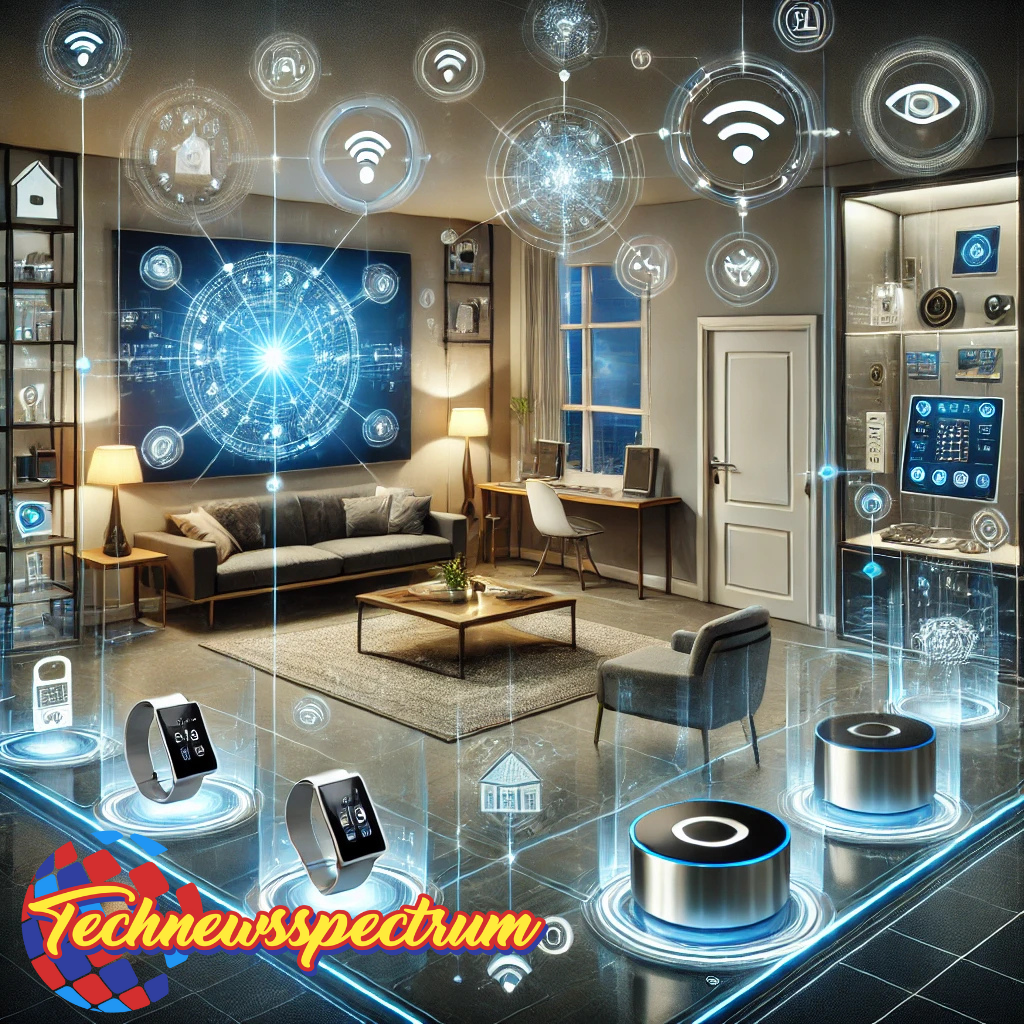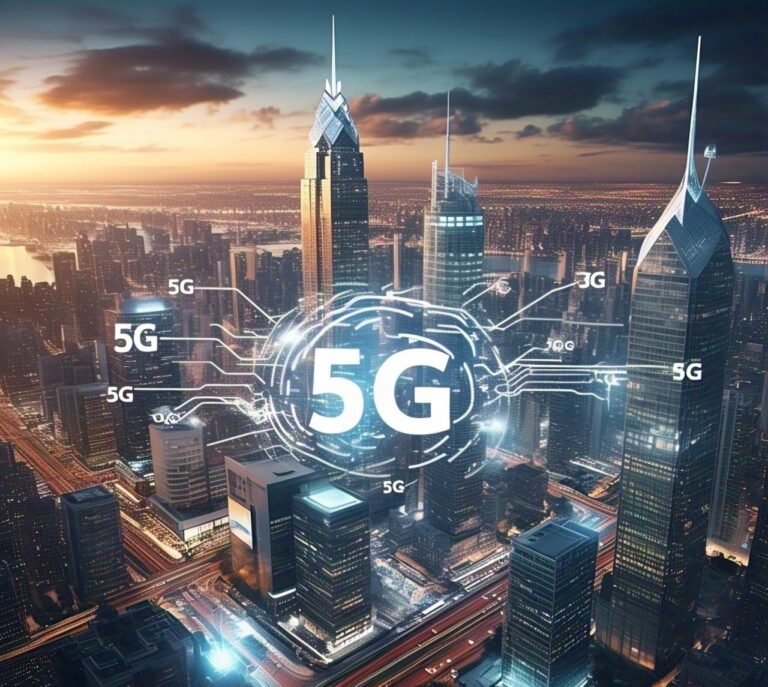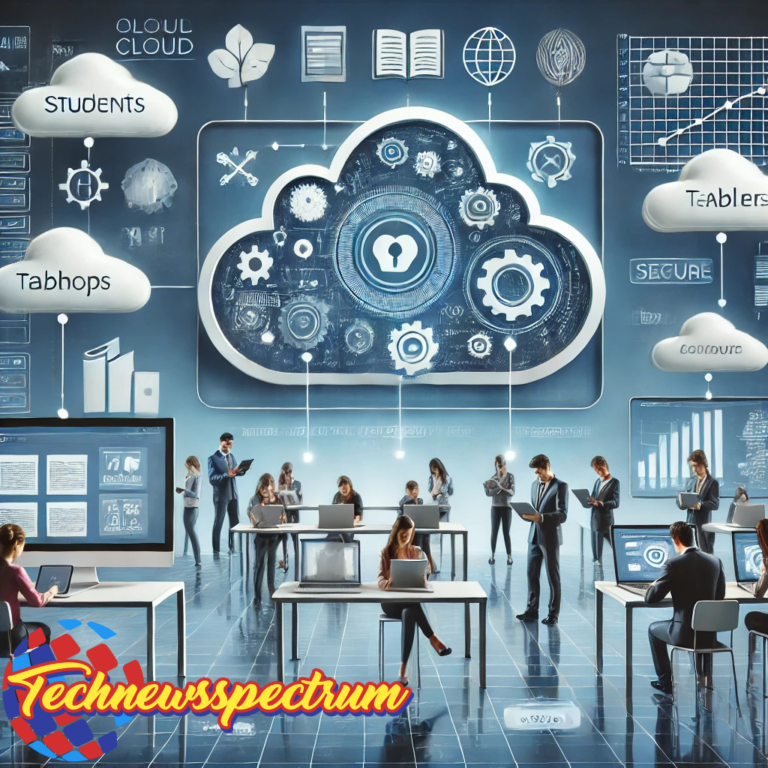Internet of Things Devices Ultimate Guide to Smart Connectivity
Meta Description
Unlock the full potential of Internet of Things devices and their transformative impact on industries homes and daily life. Explore their advantages significance and cutting edge features in this all encompassing guide.
Table of Contents
- Introduction to Internet of Things (IoT) Devices
- How Internet of Things (IoT) Devices Work
- Importance of IoT in Today’s World
- Advantages of Internet of Things (IoT) Devices
- Key Categories of Internet of Things (IoT) Devices
- Applications of Internet of Things (IoT) in Various Industries
- Security Concerns with Internet of Things (IoT) Devices
- Feature Impact Comparison Table
- Frequently Asked Questions (FAQs)
- Conclusion
1. Introduction to IoT Devices
Internet of Things refers to a network of interconnected devices that communicate and exchange data without requiring human intervention. These devices include everything from smart home appliances to industrial automation systems.
With rapid technological advancements IoT has become an integral part of modern life influencing industries such as healthcare agriculture smart cities and manufacturing.

2. How IoT Devices Work
IoT devices operate using embedded sensors software and communication technologies that enable them to collect and share data. These devices rely on various connectivity protocols such as WiFi Bluetooth Zigbee and cellular networks.
key components of IoT functionality include
- Sensors & Actuators Gather real time data and perform actions.
- Connectivity Devices use cloud computing to store and analyze data.
- User Interface Apps or dashboards enable users to control IoT devices remotely.
3. Importance of IoT in Today’s World
IoT is revolutionizing industries by improving efficiency automation and decision making processes. Some key reasons why IoT is important today include Smart Homes & Cities Enhances comfort security and energy savings.
- Healthcare Improvements Enables remote patient monitoring and early disease detection.
- Industrial Optimization Reduces downtime and enhances productivity in manufacturing.
- Environmental Monitoring Helps in pollution control and sustainable resource management.
4. Advantages of IoT Devices
widespread adoption of IoT is driven by its numerous benefits including
- Automation & Control Reduces human intervention in routine tasks.
- Cost Efficiency Optimizes resource use and reduces wastage.
- Real Time Data Access Enables businesses to make informed decisions.
- Enhanced Security Smart surveillance systems improve safety.
- Better Quality of Life From smart wearables to automated homes IoT enhances convenience.
5. Key Categories of IoT Devices
IoT devices fall into several categories based on their functionality and usage
1. Smart Home Devices
- Smart thermostats (Nest Ecobee)
- Security cameras (Ring Arlo)
- Smart lighting systems (Philips Hue)
2. Wearable IoT Devices
- Smartwatches (Apple Watch Fitbit)
- Fitness trackers (Garmin WHOOP)
- Smart glasses (Google Glass)
3. Industrial IoT (IIoT)
- Smart sensors in factories
- Predictive maintenance tools
- Robotics and automation systems
4. Healthcare IoT Devices
- Remote patient monitoring devices
- Smart insulin pumps
- Wearable ECG monitors
5. Connected Vehicles
- Smart GPS tracking systems
- Advanced driver assistance systems (ADAS)
- Fleet management solutions
6. Applications of IoT in Various Industries
Healthcare
- Remote surgeries using connected devices
- Smart inhalers for asthma patients
- AI powered diagnostic tools
Agriculture
- Smart irrigation systems
- Livestock monitoring
- Automated drone farming
Retail
- Smart shelves with inventory tracking
- AI driven customer experience personalization
- Automated checkout systems
Manufacturing
- Real time supply chain tracking
- Smart factory automation
- AI driven predictive maintenance
7. Security Concerns with IoT Devices
While IoT offers numerous benefits security remains a major concern. Key risks include
- Data Breaches Hackers can exploit vulnerabilities in connected devices.
- Privacy Issues Unauthorized access to personal data.
- Device Hacking Compromised IoT devices can be used in cyberattacks.
- Network Vulnerabilities Weak security measures can expose entire networks.
Ways to Enhance IoT Security
- Regular software updates and patches
- Using strong encryption for data protection
- Implementing multi factor authentication
- Securing IoT networks with firewalls
8. Feature Impact Comparison Table
| Feature | Positive Impact | Negative Impact |
| Automation | Reduces human effort and increases efficiency | Can lead to job losses |
| Data Collection | Provides valuable insights for decision making | Raises privacy concerns |
| Connectivity | Improves real time monitoring and control | Increases exposure to cyber threats |
| Energy Efficiency | Optimizes resource usage | Initial setup costs can be high |
| Scalability | Expands reach of smart technology | Managing multiple devices can be complex |
9. Frequently Asked Questions (FAQs)
1. What are IoT devices used for?
IoT devices are used for automation real time monitoring data collection and remote control in various industries including healthcare smart homes and manufacturing.
2. Are IoT devices secure?
Security depends on implementation. While most devices have security features users must follow best practices such as regular updates and strong passwords.
3. Can IoT devices work without internet?
Some IoT devices can function offline using local networks but most require an internet connection for full functionality.
4. What are challenges of IoT adoption?
Challenges include security risks high initial costs data privacy concerns and need for reliable connectivity.
5. How will IoT evolve in future?
Future of IoT includes advancements in AI driven automation 5G connectivity edge computing and improved security measures.
10. Conclusion
Internet of Things (IoT) is transforming way we live work and interact with technology. With applications ranging from smart homes to industrial automation IoT devices offer unmatched convenience efficiency and real time insights. Howeve security remains a crucial factor in ensuring a safe and sustainable IoT ecosystem.As technology continues to evolve IoT will play an even greater role in shaping future making life smarter safe and more connected.







